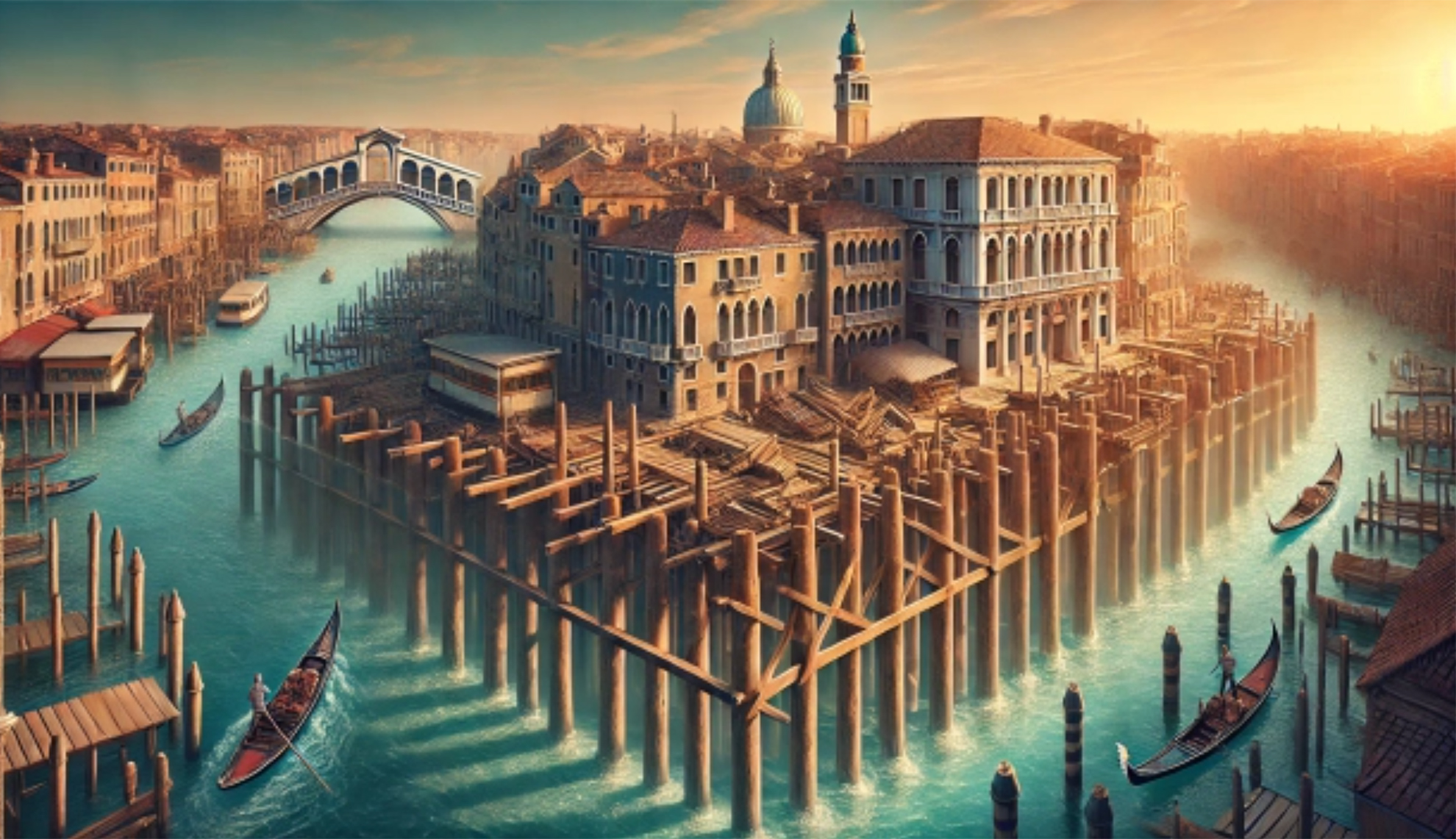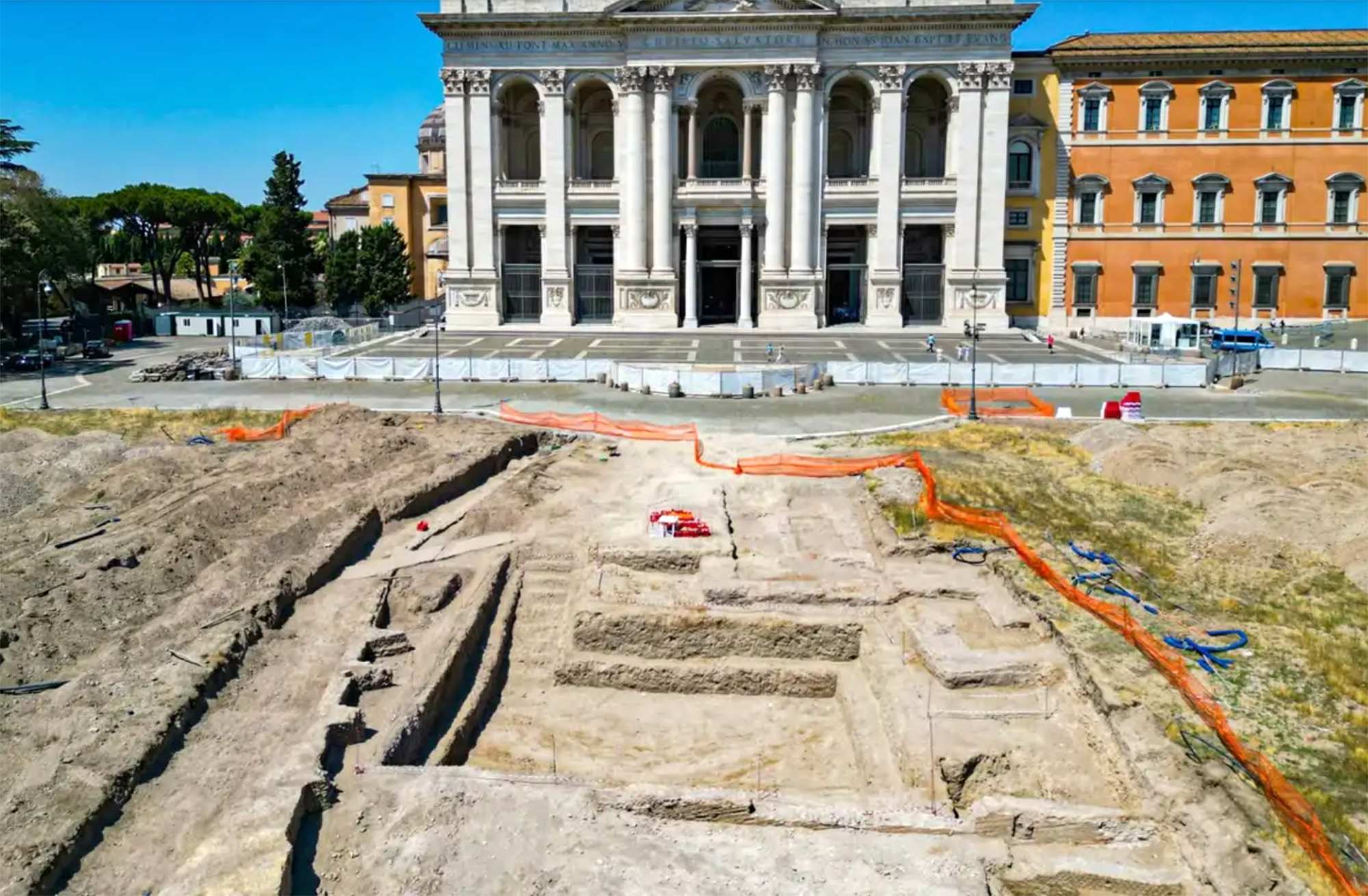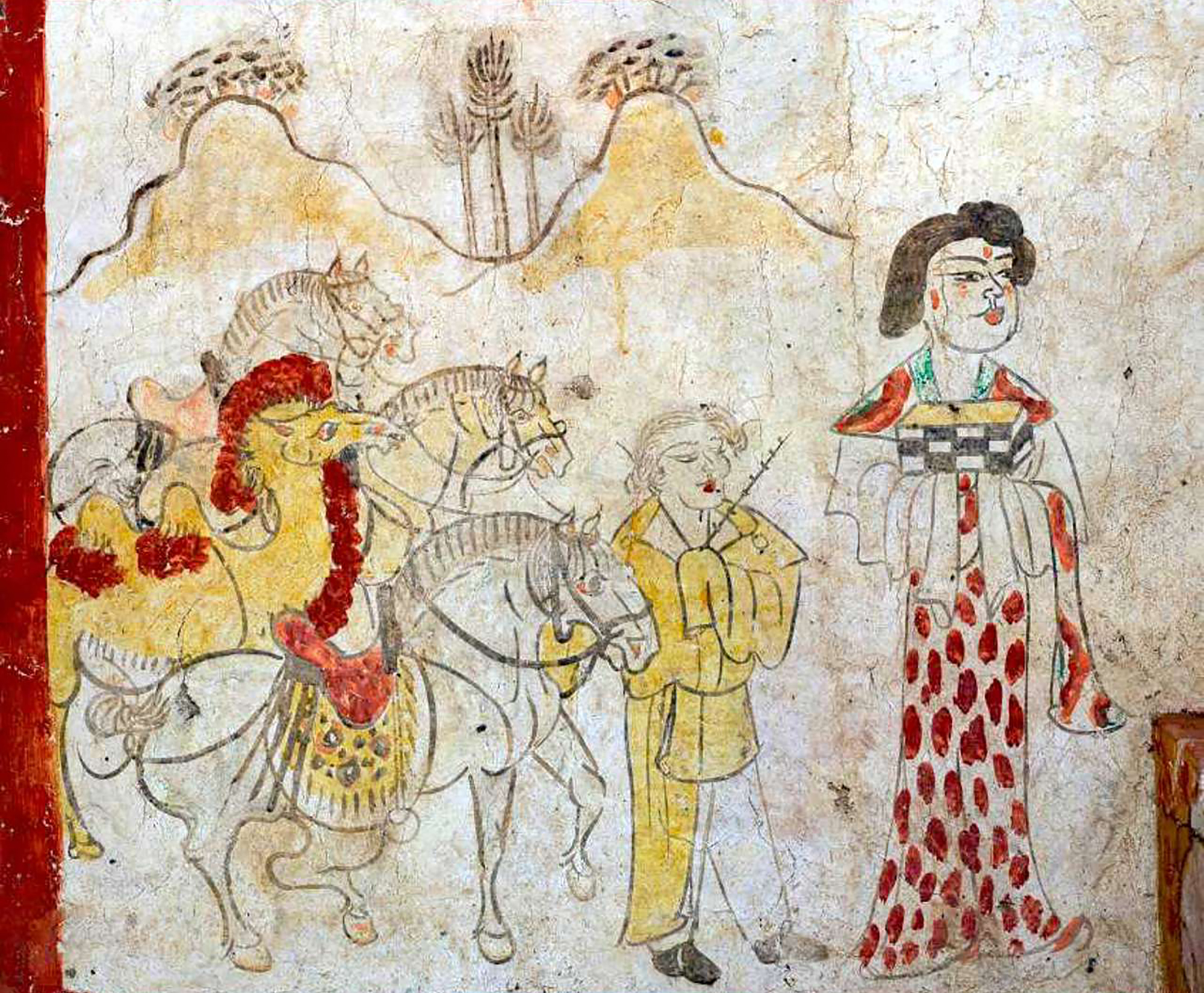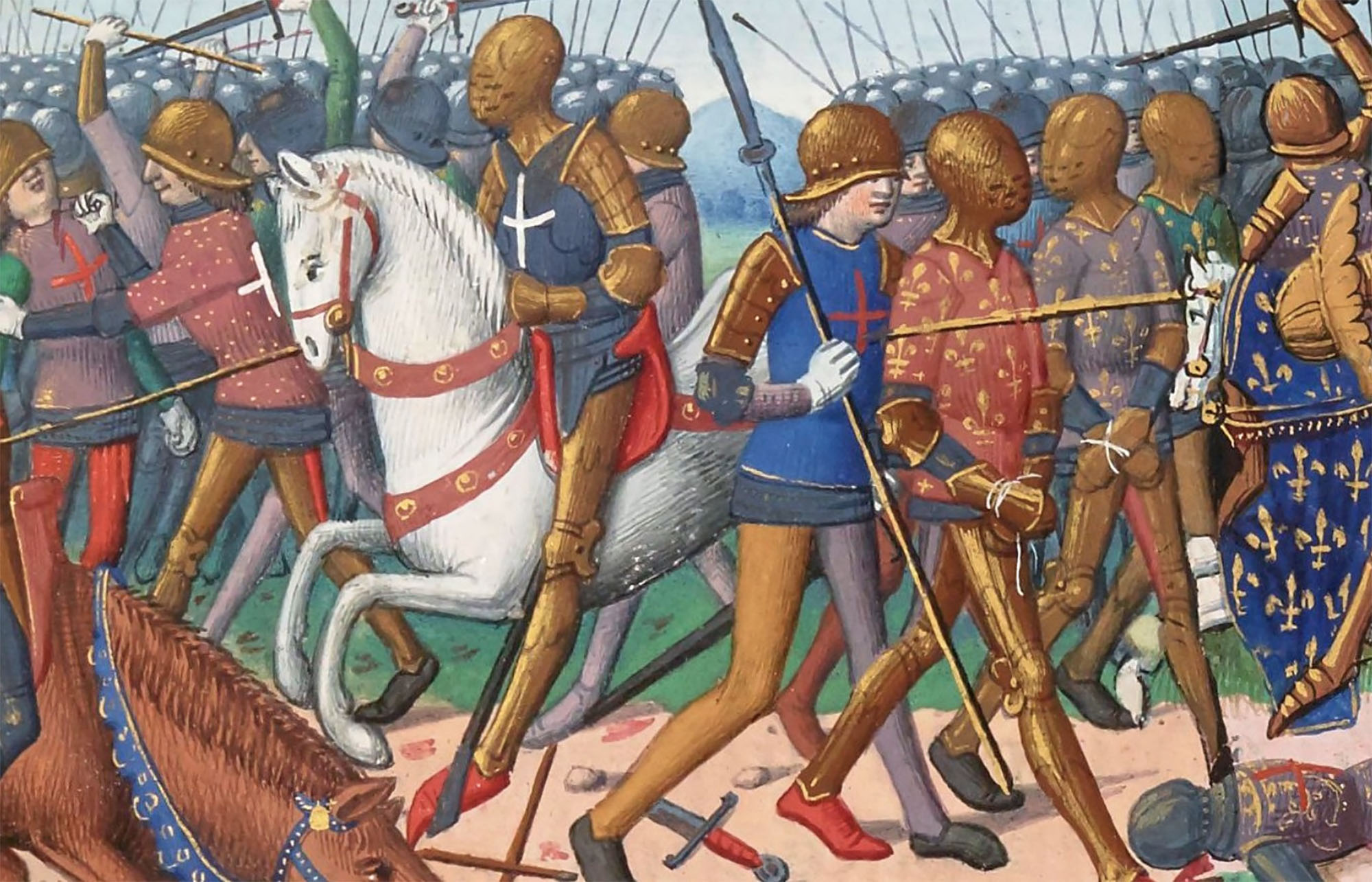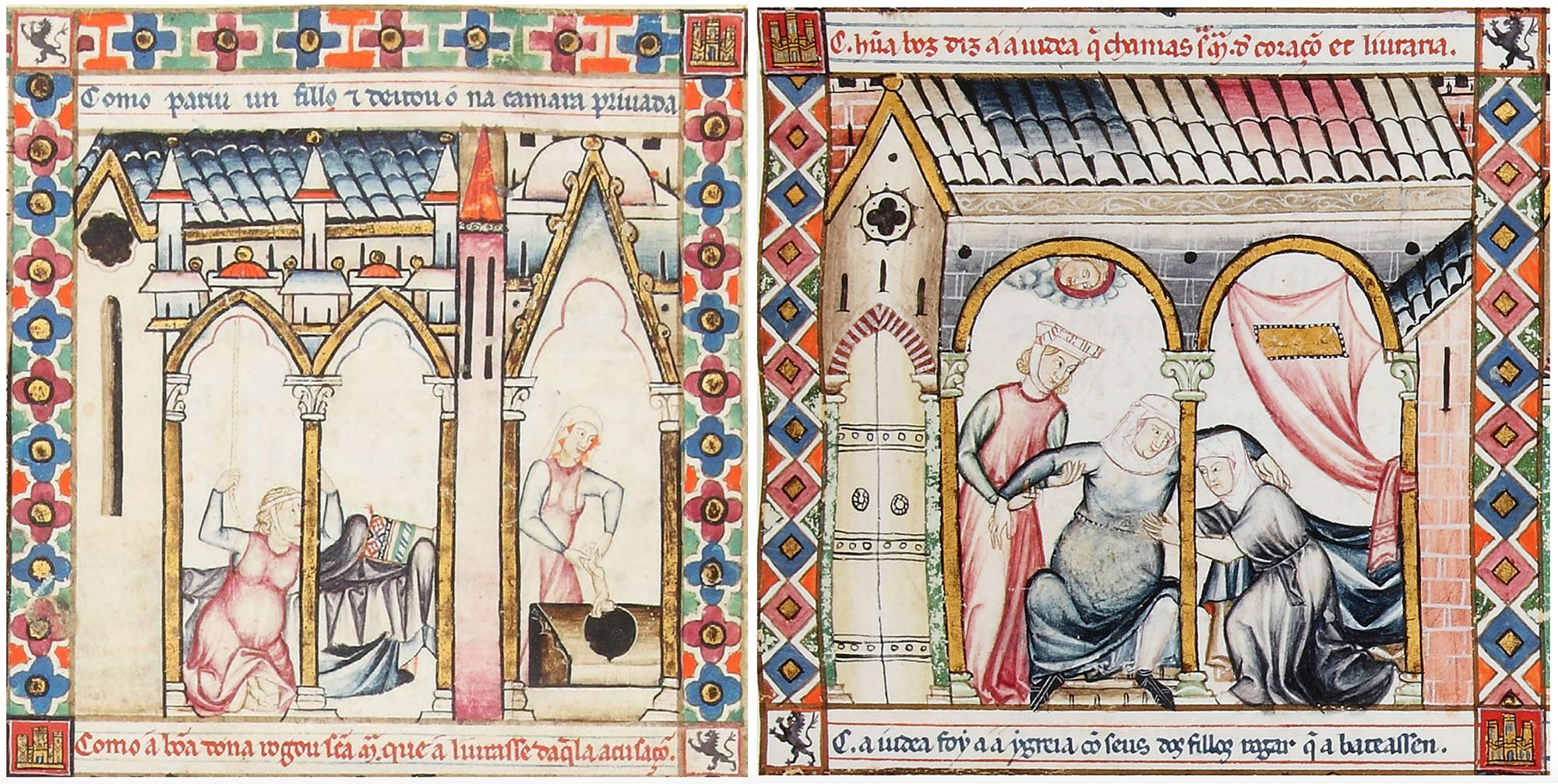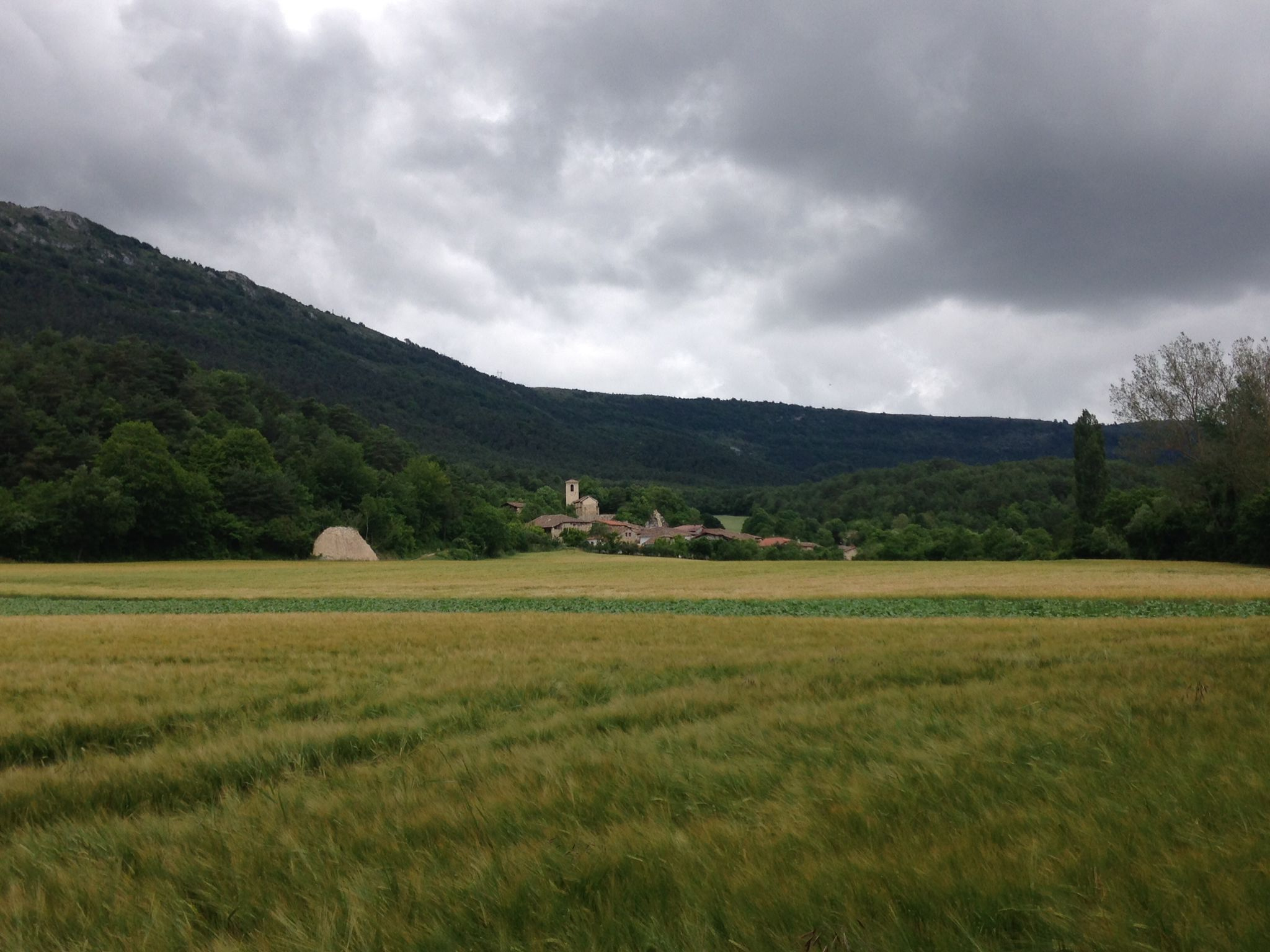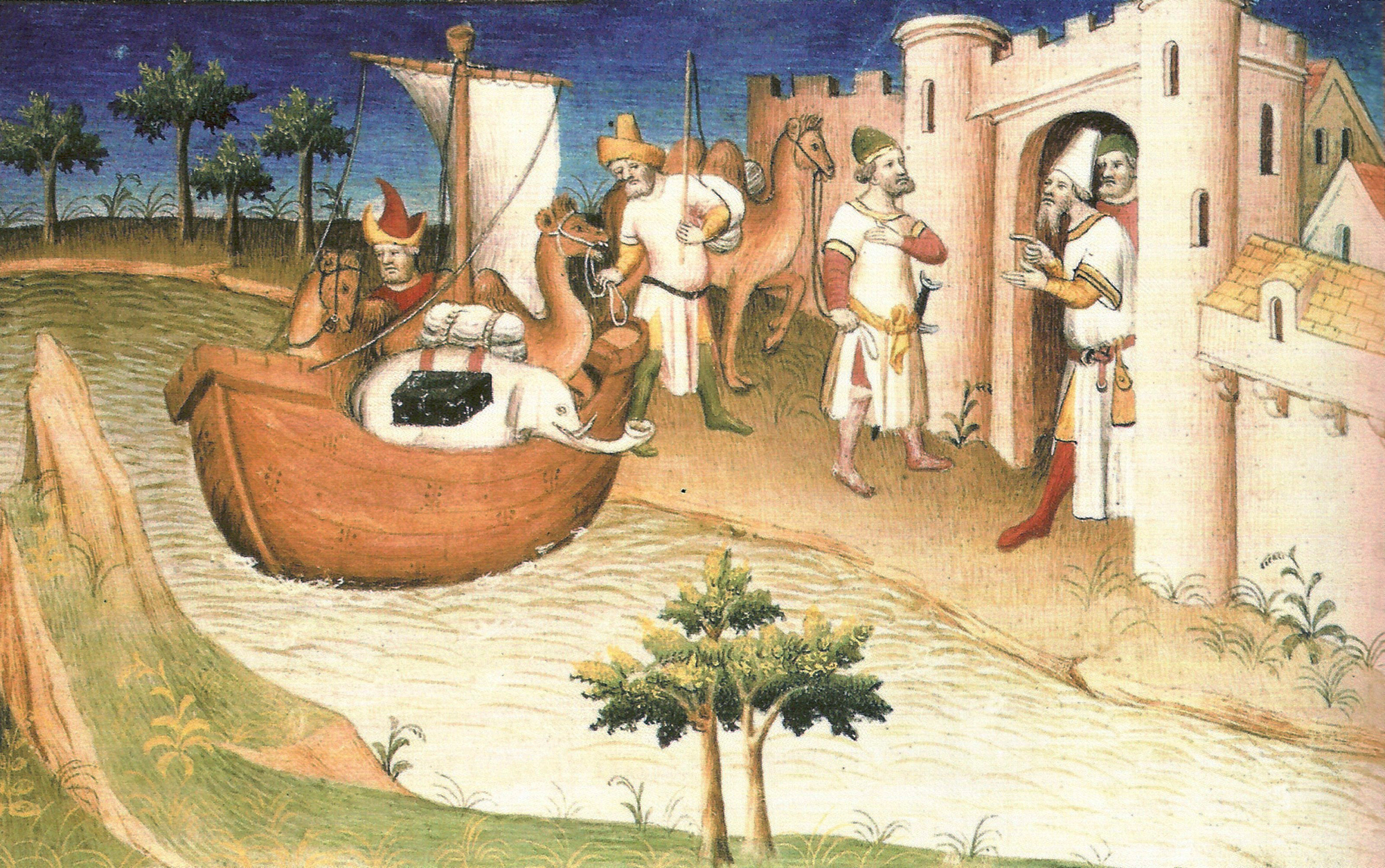Harakiri for beginners
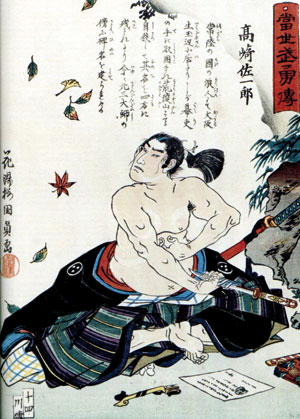
Japan, 1170. Samurai Minamoto no Tametomo, surrounded by enemies and in the absence of solutions, committed suicide cutting his belly. It was the first time in the chronicles the harakiri or seppuku was mentioned. The last to die from this rite, at the moment, has been Isao Inokuma.
Harakiri and seppuku are synonyms: They mean “cutting in the stomach.” The two words are formed by the same signs or canjis, but ordered in inverse order and pronounced differently. The Japanese prefer seppuku, because it is higher, but a torpe harakiri has been imposed abroad.
Although it is not clear how to designate the elegant type of suicide, in practice it is detailed in ten rules:
1. Clothing. To go to the other world, you have to wear a ceremonial chimono. The color can be chosen by the suicidal, but the white is preferred.
2nd place. The most recommendable places are the temples, the house itself or, by default, the place where suicide has been confined. The suicide bomber will be placed on a low taboo, with a hole in front or a basket, to prevent when they cut his head from going to the pirate. It is better to use thin light to relieve the bloody spectacle, and incense is also a good idea to cover the stench of the viscera.
3. Farewell poem. As the ritual should be done in a rigorous silence, the suicidal does not have the possibility to pronounce the last words aloud, but leaving a written poem is an elegant gesture.
4. Witnesses. All decent seppuchs need witnesses and they also need to show up etiquette dresses.
5. Assistant. The suicide bomber chooses his helper or kaishaku. Once the protagonist has finished pulling the tents, the wizard cuts his head with a firm cut.
6. The tool. Catanas are too long for these jobs, so they use short swords, called kodachi or wakizashi, or dagger that is called so much.
7. Attitude. The suicide man sits at the Japanese, with the sword in front and the auxiliary behind him. Before the collapse begins, Athletic will revert to the attendees of the rally.
8. Cut. The first cut is made in the lower part of the stomach, from left to right. The second, from the bottom up. And from there, the only rule is that the more you cut, the better.
9. The grudge. When the suicide bomber is weakened, tilt his head forward so that the wizard has a better angle to cut his head with a single cut. If you do not have a companion, you will try to cut your neck with the few remaining forces.
10. Once the subject is torn apart and the head is cut off, the body will be removed and cleaned from the massacre. But before, a servant shows the witnesses his cut head, as if one could doubt that the suicide is dead.
Pond of Venice, year 452. Prompted by the Huns' invasion, several inhabitants of the interior of the Italian peninsula took temporary refuge in the swampy area. But the Lombard invasions came in a few years, and it would become a permanent home for those immigrants. It was a... [+]
During a routine excavation in the Piazza San Giovanni in Laterano in Rome, archaeologists carried out the IX-XIII. They unexpectedly found the remains of a palace dating back to the centuries. And they think it could be the residence of the popes of the time. In other words,... [+]
In the Chinese province of Shanxi, in a tomb of the Tang dynasty, paintings depicting scenes from the daily lives of the dead are found. In one of these scenes a blonde man appears. Looking at the color of the hair and the facial expression, archaeologists who have studied the... [+]
Japonia, XV. mendea. Espioitzan eta hilketa ezkutuetan espezializatutako eliteko talde militarra sortu zen. Edo horixe uste du behintzat Stephen Turnbull historialari britainiarrak. Beste aditu batzuen ustez, askoz lehenago sortu ziren ninjak, duela 2.300-2.500 urte inguru. Eta... [+]
Zamora, late 10th century. On the banks of the Douro River and outside the city walls the church of Santiago de los Caballeros was built. The inside capitals of the church depict varied scenes with sexual content: an orgy, a naked woman holding the penis of a man… in the... [+]
In the fall of 1415 the battle of Agrincourt erupted between England and France, one of the most decisive wars of the Hundred Years War. To this end, when Henry V, king of England and lord of Ireland, decided to send his army to France that summer, the soldiers landed on the... [+]
Toledo, 1272-1280. Alfonso X of Castile gathered 427 monomedical songs dedicated to the Virgin. The Cantigas de Santa Maria constitute one of the most important musical and literary collections of the Middle Ages, but being decorated with the miniature cantiga, these... [+]
The European Middle Ages are generally depicted as a dark era. We relate it to delay, violence, belief and tyranny. Those who lived that time are considered barbaric and ignorant. Its name is also significant, because it is contemptible: as a time of little importance that... [+]
Venice, 24 April 1459. The monk and cartographer Fra Mauro finished the map of his world in his cartography workshop in the monastery of San Michele in Murano. This work was done on behalf of the Portuguese king Alfonso V.aren and, once the map was completed, it was sent to... [+]
Rome, April 1215. IV. In the Council, the Catholic Church prohibited the surgery of priests and monks, among others. Also in previous councils, Reimsen and Tours, they worked on the issue, arguing that only legataries had to deal with saving souls and that they had to avoid the... [+]
Venice, 8 January 1324. The famous traveler and merchant Marco Polo died at the age of 70. About to die, the people gathered in the area asked him to recognize that what was told in the book Description of the World was a fiction, but the last words of the traveler were: “I... [+]











